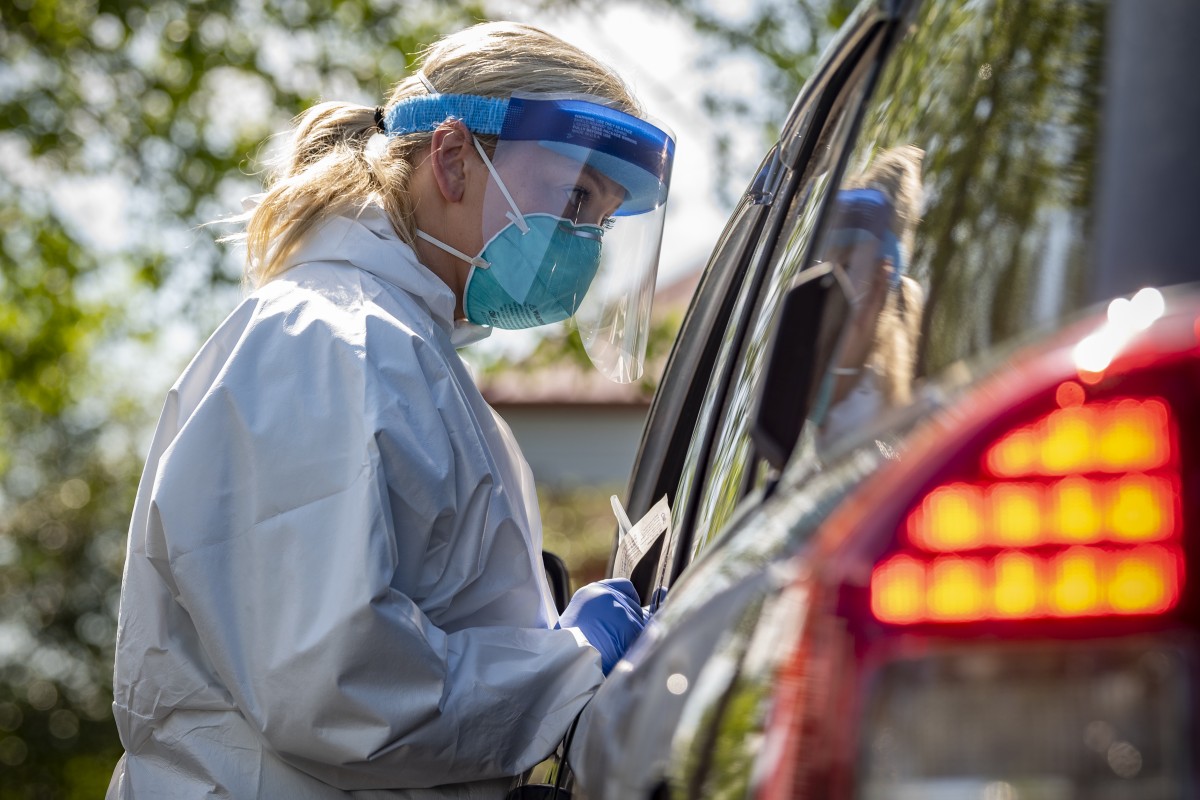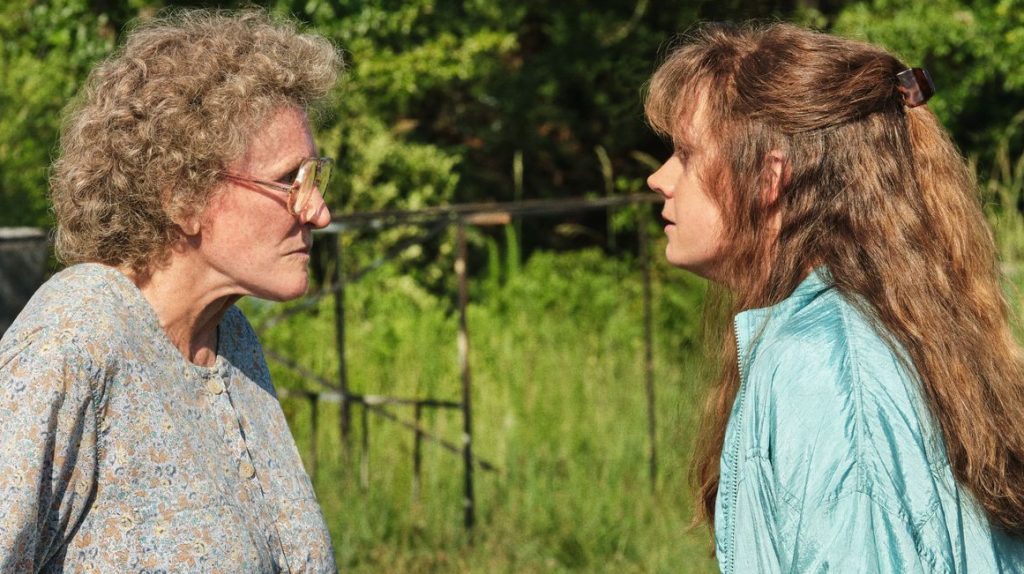Rural hospitals started reshaping their finances around millions of dollars in relief that Congress appropriated to them through the CARES Act. Then, leaders say, the Department of Health and Human Services started changing the rules.
Late changes to how hospitals may use coronavirus relief money may mean some rural hospitals will have to pay back money given to them this spring, as well as the interest they may have earned on it.
The changes come as rural hospitals deal with a surge in COVID-19 cases and prepare for an increase in cases during the coming winter months. At issue is how hospitals are supposed to report their losses from the COVID-19 pandemic.
Congressional Spending Spree
In late-May, Congress passed the Coronavirus Aid, Recovery and Economic Stimulus (CARES) Act, a comprehensive $2 trillion bill designed to help keep businesses, individuals and healthcare facilities afloat as the country shut down to prevent the spread of the coronavirus.
Part of that bill provided direct relief to hospitals through Provider Relief Funds. Rural hospitals got even more money, experts said.
And with those funds came regulations on how they could be used.
One of the requirements for how a hospital could use CARES money was to offset it against losses due to COVID-19.
“The term ‘lost revenues that are attributable to coronavirus’ means any revenue that you as a health care provider lost due to the coronavirus,” HHS’s FAQ (Frequently Asked Questions) stated as the funds rolled out.

Initially, use of CARES Act money was straight-forward, said Brock Slabach, senior vice president of member services with the National Rural Health Association. It could cover healthcare-related expenses related to responses to the coronavirus and could replace lost revenue attributable to the coronavirus.
But HHS has changed the terms of the deal since then, Slabach said, making it harder and more complex to account for those losses.
“This has been such a frustrating process,” he said. “The direction from HHS in its first FAQs hinted that capital projects would be fully funded, and that Provider Relief Funds would be a grant.”
Making Decisions on How to Spend Money
In June of this year, COVID-19 cases weren’t coming into Ferry County Regional Hospital (FCRH) in Republic, Washington, but CARES money was.
Faced with preparing his hospital for a surge of patients infected with the coronavirus, hospital CEO Aaron Edwards began making changes to how patients were handled and how his hospital operated. Like other hospitals across the country, he closed his doors to elective surgeries and prepped his hospital to treat patients who tested positive.
But the patients never came.
When CARES money became available, Edwards and his team pondered how to use it. Like many rural hospitals, they didn’t have any huge surge of patients through July. So, there weren’t many expenses to apply the money to.
However, since the original FAQ for the money said it could be spent on capital improvements, Edwards decided to use some of the money to retrofit the hospital’s ventilation system and to build an outdoor facility for storage and administration of a vaccine.
In September though, after the projects had been started, HHS changed the rules. Updated FAQs said hospitals couldn’t use the money on capital expenditures that had a lifespan longer than a year.
“We thought we had the OK to use CARES money for any capital expenditures related to COVID,” Edwards said. “But then, they changed the rules.”
“This limitation is very detrimental to rural providers who spent resources upfitting HVAC units, purchasing equipment and other items needed for COVID-related purposes,” the NRHA said in a November 10 letter to HHS. “For example, numerous rural hospitals have had to install new negative pressure rooms, an expensive undertaking that would not otherwise have occurred but for COVID-19. To be able to only claim depreciation, rather than the full cost, on these investments has significant consequences for providers operating on minimal margins.”

Changes to “Losses”
HHS also changed its mind on how hospitals could determine “losses.”
Originally, HHS said hospitals could list lost revenue from surgery and other procedures that got canceled because of the pandemic. But according to changes marked in the FAQ, HHS now requires that hospitals compare operating margins from 2019 to 2020 in order to measure losses. Margins are the difference between the payments hospitals receive for their services minus their operating expenses.
“Originally, what (HHS) was suggesting is OK, look at your revenues and determine the impact of COVID-19… and if your revenues are down, then you know we’re going to help fund that to keep your operations going the way you’ve been going,” explained Carl G. Herde, vice president of financial policy with the Kentucky Hospital Association.
“They came back and said, ‘You know, we thought about it and we don’t like what we said before, and what we’re going to do now is make sure that you’re not hurt from an operating margin perspective.’”
There are a lot of problems with that, Herde said. For example, if a hospital invested in a new clinic and budgeted the proceeds from that new clinic into the 2020 operating budget, then they’re not getting the money they anticipated from the clinic. But that loss isn’t eligible for reimbursement from CARES funding.
Additionally, if a hospital’s revenues are up in the last part of 2020 due to treating COVID patients, it may appear on paper that the hospital made money, meaning they’d have to pay back CARES Act money instead of keeping what was given to them.
For Citizens Memorial Hospital in Bolivar, Missouri, population, 10,325, the change means the loss of millions of dollars.
Tim Wolters, the hospital’s director of reimbursement, estimated Citizens Memorial lost about $6.9 million in March through May. The new HHS guidelines mean the hospital may only be able to claim only $5 million of that loss for reimbursement.
The new guidelines don’t take into consideration measures hospitals took to cut budgets, or measures they had to take to take care of patients, like bringing in traveling nurses and doctors, at a significant cost, as their own staff got sick, he said.
“Pretty much we’re full with COVID patients, so we’re making money now,” he said. “But it’s kind of like whiplash the way HHS keeps changing direction. Our fiscal year ended in May. And our auditors have to wonder for our budgets if this (CARES) money is real or if we’re going to have to give it back.”

Additionally, hospitals that put aside the money until they received clear guidance on how they could spend it may now have to pay back the interest they earned on that money.
“Eventually if the accounting procedures HHS set forward in the FAQs are maintained, many rural hospitals will have to return those Provider Relief Funds to the Feds,” NRHA’s Slabach said. “The average (Critical Access Hospital) received anywhere from $3 million to $4.5 million.”
Tim Putnam, CEO of Margaret Mary Health in Batesville, Indiana, said the procedures would hurt his hospital.
“[The HHS ruling] will cause us to refund virtually all the Cares Act dollars we received, causing us to have another big financial loss,” Putnam said.
If hospitals have to pay the money back, it could put them in a worse financial position than they were in prior to the pandemic. According to Slabach, to prevent it, Congress would have to pass another round of relief removing these restrictions.
Since January 2005, more than 175 rural hospitals have closed across the country. In February 2020, the Chartis Center for Rural Health found that nearly one in four rural hospitals was in danger of closing.
Congress Steps In
In response, Senate Majority Leader Mitch McConnell (R-Ky.) wrote a letter to HHS Secretary Alex Azar in September urging him to take action on the issue.
“Hospitals have already accounted for these payments as they continue to budget for an unpredictable future which complicates their accounting, auditing and bond rating,” McConnell wrote. “Additionally, as you know, Kentucky is a predominantly rural state and many of our hospitals benefited from the targeted distribution for rural and safety-net hospitals. In turn, these hospitals will be the most adversely impacted by the updated requirements.”
Since then, HHS has reversed its course and will allow hospitals to use CARES funding to pay for capital projects directly related to the coronavirus. But questions still remain on how hospitals can justify their use of the CARES money.
The Rural Health Association’s Slabach said negotiations with the department are ongoing, but, like with stimulus packages through Congress, talks seem to be stalled possibly until the new year, or until the new administration takes office.
The Department of Health and Human Services, Senator McConnell, and U.S. Representative. Ron Kind (D-Wis.) and Cathy McMorris Rodgers (R-Wash.), co-chairs of the House Rural Health Care Coalition, did not respond to requests for comment.
This article was originally published by The Daily Yonder.



